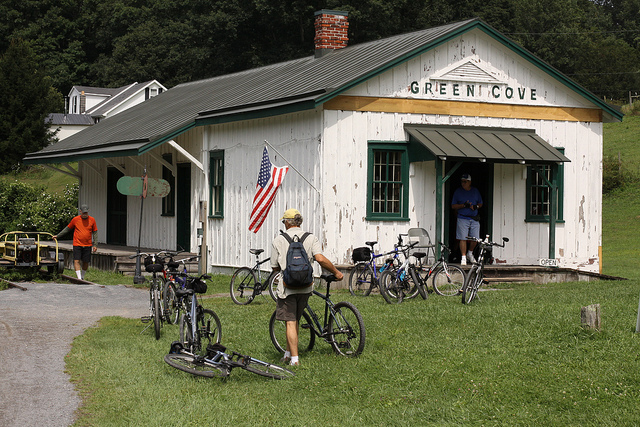Rails to Trails is a government program that turns unused railroad beds into pedestrian paths for walking, biking and more. On Monday, March 10, the Supreme Court issued a ruling that could affect future projects in Western states.
The Supreme Court sided with a private Wyoming landowner, whose property contained a half-mile long stretch of the Medicine Bow Rail Trail. The landowner successfully argued that the U.S. government lost its rights to the land after it shut down train operations.
The section of trail is currently closed, and its future is unclear. The future development of Rails to Trails projects is also in question (there are more than 685 current projects in almost every state, totaling more than 7,800 additional miles).
The Good News
- The vast majority of current and planned rail-trails will not be affected
- If you live East of the Mississippi river, your trails are probably safe from any changes
- Rails to Trails will continue to push for the rights to these unused sections of land
The Bad News
- There are more than 80 similar cases awaiting decision in various courts, and this Supreme Court precedent would make those outcomes seem a bit more certain
Justice Sonia Sotomayor, the only dissenting Justice, wrote the dissenting opinion:
The court undermines the legality of thousands of miles of former rights of way that the public now enjoys as means of transportation and recreation. And lawsuits challenging the conversion of former rails to recreational trails alone may well cost American taxpayers hundreds of millions of dollars.
If you have a question about your closest trails, read the Rails to Trails blog on the subject or contact [email protected]
*Photo: A restored train station along the Virginia Creeper Trail | By Gamma Man

